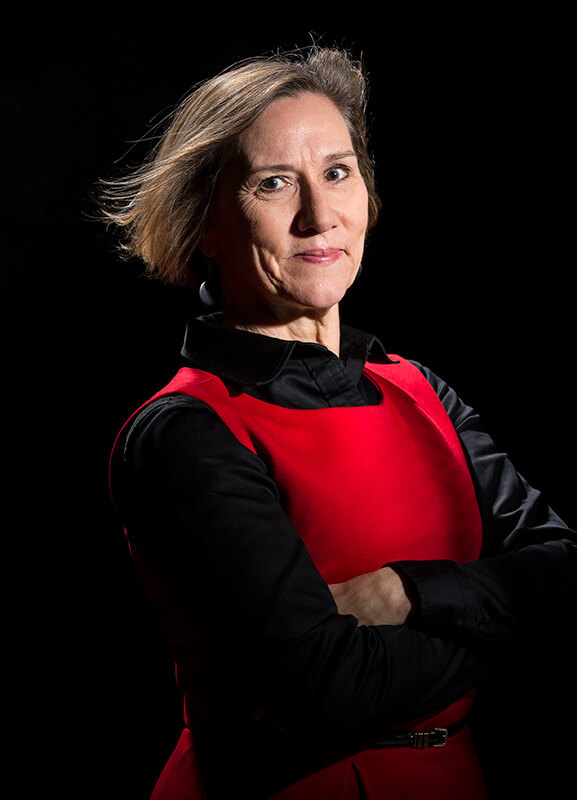- September 13, 2018
- By Maryland Today Staff
As massive, unpredictable Hurricane Florence last night appeared likely to soon veer southward, lessening the chance of dangerous conditions on campus, University of Maryland officials continued to monitor the storm path and prepare for any contingency.
The storm grew in size and energy late Wednesday as it headed toward an expected landfall in the Carolinas early on Friday. The D.C.-Baltimore region will avoid the brunt of the hurricane, but a possibility remained that the weakened storm could track through Maryland Sunday or Monday with heavy rains, gusty winds and a threat of flooding and downed trees. Nevertheless, “we dodged a bullet,” says Sandra Knight, a disaster preparedness expert and senior research engineer with UMD’s Center for Disaster Resilience.
As a scientist who held senior positions at the U.S. Army Corps of Engineers, the National Oceanic and Atmospheric Administration and the Federal Emergency Management Agency (FEMA), Knight has flown over interstates and homes submerged by floods, examined communities toppled by tornadoes and worked with cities and states following the type of damage massive hurricanes like Florence can wreak.
She spoke with Maryland Today about hurricane preparedness in an interview edited for space and clarity.
Last year was a terrible hurricane season—have we learned our lesson?
It felt like last year, with Harvey, Irma, and Maria and a couple other storms, that we were still making some of the same mistakes, particularly in our response to Puerto Rico, that you saw after Hurricane Katrina in 2005. People were stranded without power and provisions in lower-income and rural neighborhoods. The response was slow. The death toll from Hurricane Maria continues to rise because of poor conditions and lack of medical access that impacts health and well-being.
This year, FEMA has been pretty transparent to opening doors to study what went right and what went wrong. I think they would admit that with three major, geographically dispersed, sequential hurricanes, they were overwhelmed. Let's hope the lessons learned are applied as we brace for Florence.
How bad is Florence likely to get?
It’s a crazy event, and it just tells us that the new normal is things we don’t even know about yet. This storm started way off in the Atlantic, and by most historical standards would never have come close to the U.S. coast. It would have turned north and dissipated … Now it’s made a little wiggle south, which is also unusual. The best models and best scientists are seeing things they haven’t seen before.
How does society respond to the new normal?
To really prepare, we need to think about the impossible. We have to think well beyond high-probability events and begin to look at low-probability, high-impact events. We have to think about how we design where we live. Zoning, development requirements, building codes—those sorts of things from an urban planning and engineering perspective are really what make people safe in the long run.
How is climate change affecting storm damage and flooding?
We’re still learning how climate change is impacting precipitation, but it’s definitely changing some weather patterns and extreme events. These hurricanes seem to be more intense. The waters are warmer, and that’s the fuel for the strong, wet hurricanes. Also, they are transitioning from a tropical storms to high-category hurricanes really fast.
What can people in storm- and flood-prone areas do?
We spend a lot of time thinking about retirement or maybe who we’re going to marry, but we should think about where we live and when we make an investment in our home, we need to do our research and make sure it’s safe for our family. If you live in a flood zone and you have a mortgage, you have a one in four chance of your house flooding over the life of your mortgage. It's important for people to carry hazard insurance. Yet many homes in high-risk flood areas aren't covered.
Topics
Campus & Community